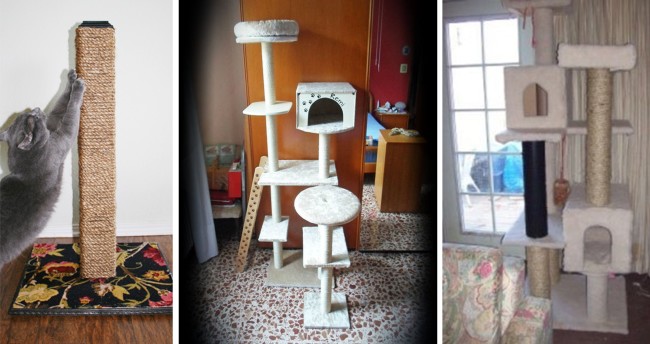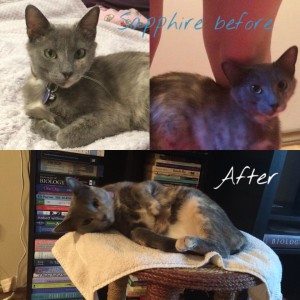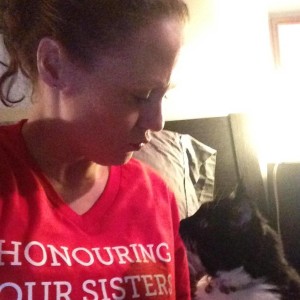Zoe, in Greek, means life.
We would like you to meet our original Zoe, an American Staffordshire, whose life became a precious part of our organization.
We found Zoe in North Carolina in a high kill shelter, and as Pit Bulls are in the top two dogs euthanized in shelters, we knew we needed to find a way to rescue her. Zoe became our first US rescue. Although we primarily focus on Canadian rescues, we execute international rescues a couple times a year. Due to the Pit Bull ban in Ontario at the time, we had to fly Zoe to Montana, at which point Kath and Dave drove all the way from Edmonton to pick her up!
Zoe’s Animal Rescue Society began in August 2012. We began with a modest 20 volunteers, and 100 followers on Facebook. We now have more than 400 volunteers, and more enthusiastic animal lovers are constantly added to our team. Zoe’s Facebook page has over 25,000 followers, as well as an Instagram, Twitter and a YouTube channel!
Zoe’s has grown in so many great ways, and it is because of all of our hard working and dedicated volunteers, fosters, and supporters that we have achieved so much greatness. Our animals become our world, and our reason for waking up in the morning. Zoe’s Animal Rescue Society is more than a safe place for animals – it is one in which they are constantly loved and cared for.


 Costumes
Costumes Decorations
Decorations Candy
Candy





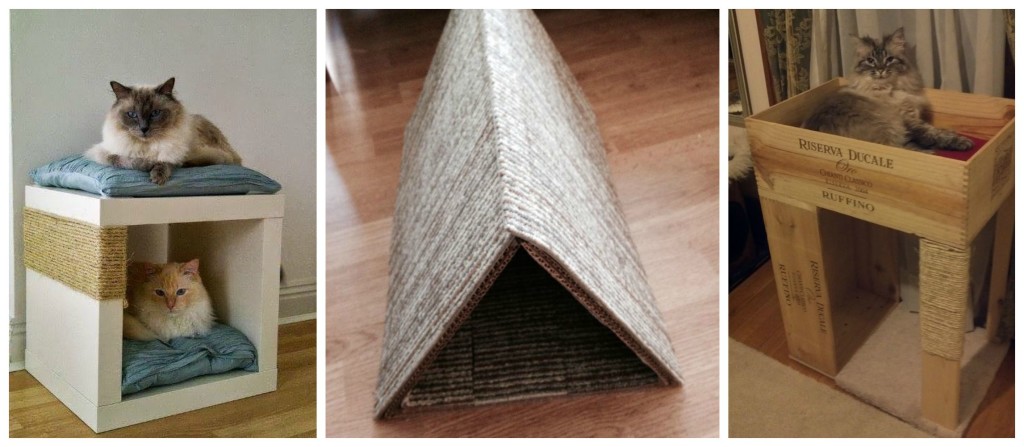
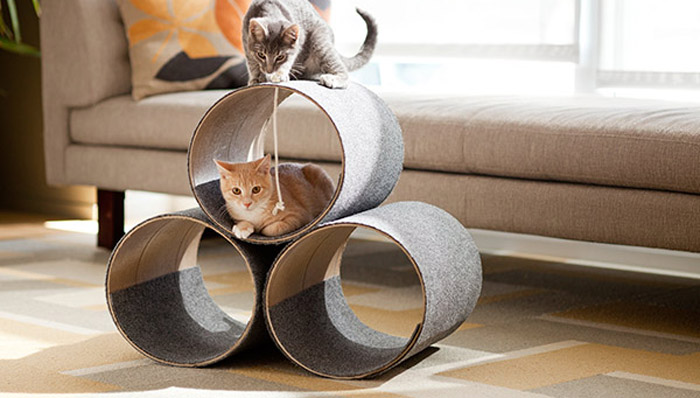
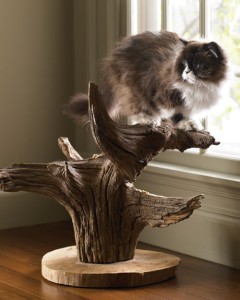 Martha Stewart makes it look easy by literally
Martha Stewart makes it look easy by literally 